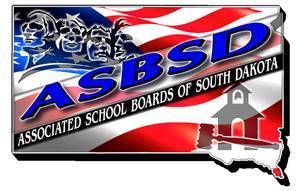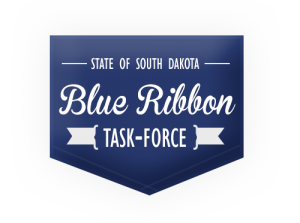Coming off discussion on potential solutions to the teacher shortage, the Blue Ribbon Task Force got a first glance at a possible funding model that would funnel additional dollars to teachers at their October 1st meeting.
S.D. Department of Education CFO Tami Darnall presented a teacher based funding model, which was broached at the previous meeting in the form of funding schools on a per-teacher basis, that proposed providing schools with dollars based on student enrollment, a target student-to-teacher ratio and the costs of teacher salaries and benefits, as well as non-teacher costs.
The proposed model would utilize a 14-to-1 student-to-teacher ratio and fund districts on a per-teacher basis, which would essentially divide the total enrollment of a district by 14 to reach the projected number of teachers in the district based on the ratio.
In addition to the ratio calculation, the model included the target average teacher salary – Darnall used $48,000 in her example – and benefits set by the state and non-teacher costs, which were defined as dollars spent outside of the classroom. A baseline ratio of 65-35, in-classroom spending to non-teacher costs, was set in the proposed model. Darnall said South Dakota is currently at a 54-46 ratio.
“We have to sometimes think differently and that’s hard because we’ve had the same formula for 20 years,” Task Force Co-Chair Rep. Jacqueline Sly said. “This is just a model…we’ll start working off of.”
In order to fund the model it was a surmised at the Task Force’s September meeting that a new revenue source would be needed.
S.D. Revenue Secretary Andy Gerlach shared a options to generate new money, including a raise in the state’s sales tax.
“If you’re looking to fund teacher salaries…I think sales tax is your best option,” Sec. Gerlach said.
A one percent increase to the state’s sales tax would generate a projected $206 million. A four month (June-Sept.) seasonal one percent sales tax increases would generate a projected $72 million and a six month (May-Oct.) projected an estimated $107 million.
South Dakota has not raised the sales tax since 1969.
“Go with what’s proven,” Sec. Gerlach said, adding that increases to other taxes – cigarette, alcohol or bank franchise to name a few – would produce volatile results. Sec. Gerlach also presented possible property tax relief options that could be included in any sales tax increase plan.
Other school funding areas discussed, included the equalization of other revenue – all other revenue sources or just new money – reducing the capital outlay levy maximum by $0.50 and shifting those dollars to the general fund, transitioning the pension levy – currently at $0.30/$1,000 – and capping school fund balances.
“You can’t do these other (funding) pieces unless there’s more money in the (education funding) pie,” ASBSD President Eric Stroeder noted.
No specific proposals were agreed upon, but will be discussed at the upcoming Task Force meeting, which is scheduled to take place on Thursday, Oct. 29.
For updates on the upcoming meeting, and possible funding proposals, check the ASBSD Blog and Twitter feed.

